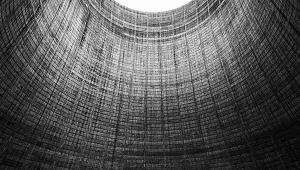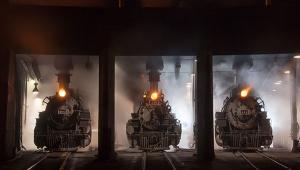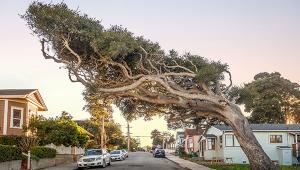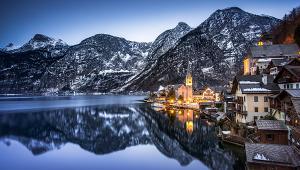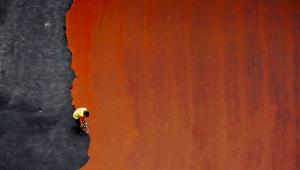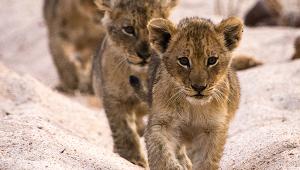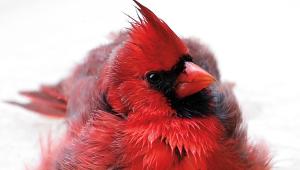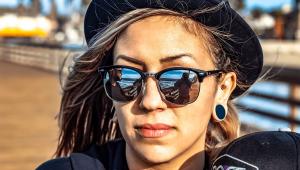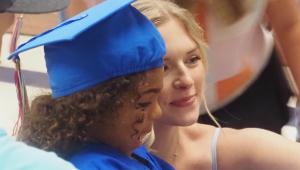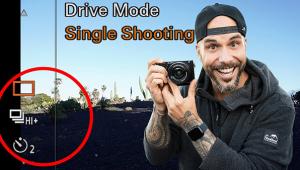Our Top 10 Favorite Bird Photos from Shutterbug Readers

Here’s a photo assignment that was for the birds. (Sorry, couldn’t resist.) Yes, we were looking for images of birds and we wanted your best shots.
From our daily perusals of our Galleries on Shutterbug.com, there are clearly a lot of bird photographers out there, so we expected this assignment to be highly competitive. And it was.
We received more submissions for this Picture This! assignment than for any assignment before. We were not merely looking for the perfect shot of a bird in flight with its eyes captured at the requisite level of tack sharpness. Those images are nice but we’ve seen hundreds, if not thousands, of them in Shutterbug’s Galleries.
We wanted your best bird shots to have an artistry and intimacy that showed our fine feathered friends in their own unique light. While we had a tougher than usual time deciding on our favorites because there were so many great entries, the following 10 images really took flight!







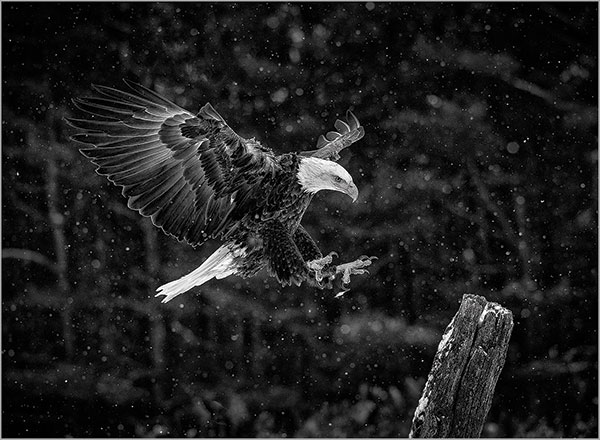

- Log in or register to post comments
